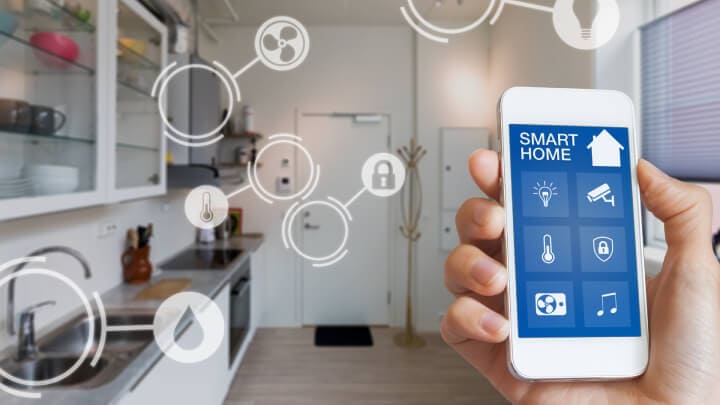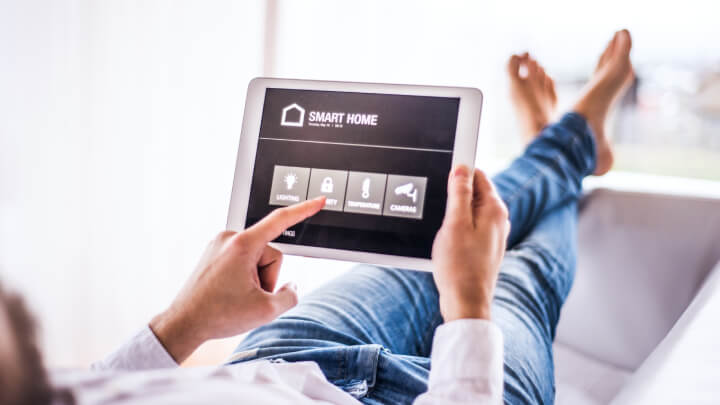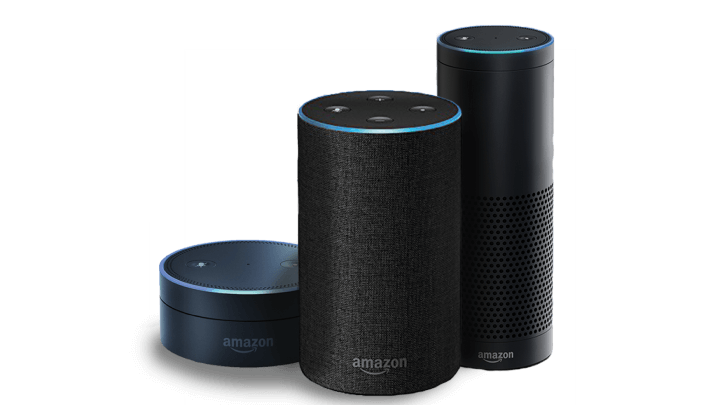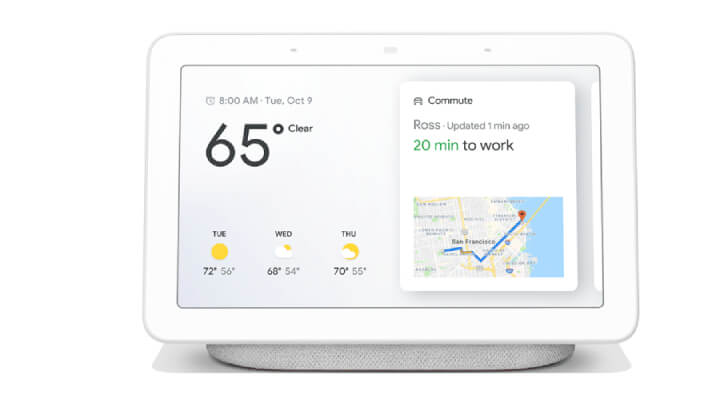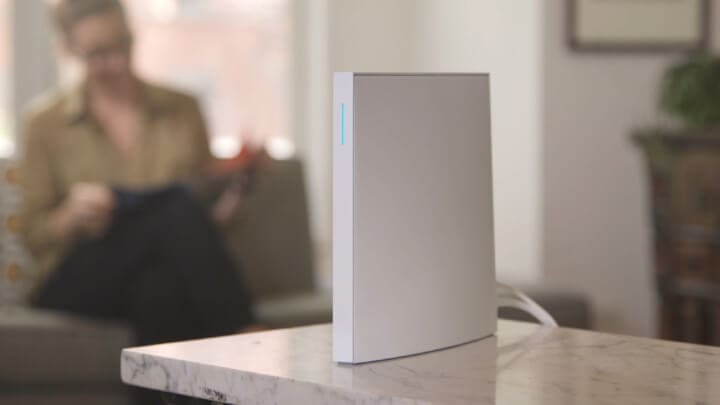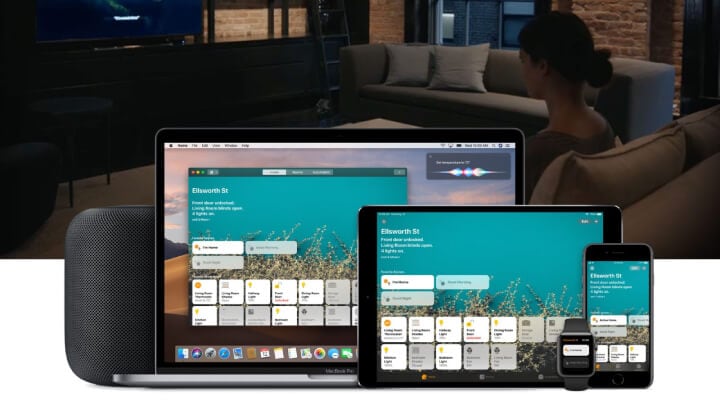
An electronic device that ideally supports automation solutions securely and conveniently is called home automation. Home automation technology converts a regular home into a smart home. It is a remote program device that can be wireless, wired, or both. Home automation appliances are integrated with sensors, actuators, and controllers managed online.
Automation is a technique that reduces the requirement for human assistance to complete a task or procedure. In-home automation permits users to control an electrical device using a computer or a smartphone. It is a one-step advancement of “IoT app development“ and a creative solution with a time setting.
With the advancement of technologies and automated products, people have become very demanding and selective about their requirements. Home automation makes using these products way more convenient, be it lights, fans, air-conditioners, refrigerators, or any hooked-up remote control device. Most electronic gadgets are programmable, but home automation offers a controllable network.
Before selecting any home automation appliance, one must consider that different smart devices have different compatibility. There is a wide range of home automation products, of which one protocol needs to be selected based on the new introduction made in the market.
Some of the frequently used technologies in home automation are as below
Wi-Fi
Companies are designing smart home appliances that can function with existing Wi-Fi networks in the home. It is one of the most used protocols under home automation. It has multiplexing technology, so connecting intelligent devices is possible. Wi-Fi is a power-hungry technology that drains the batteries of a battery-operated network faster than other protocols. If you have many devices that access your Wi-Fi, adding automated devices to the same may result in a slower response from these devices.
Bluetooth
Bluetooth is another popular protocol used for home automation. Users have been using it for short-distance communication or file transfer. Commonly it is used in light bulbs and smart door locks. The best part of using Bluetooth is that it can be coupled with multiple other products with the same connectivity feature. One such network has increased as it consumes less power.
Radiofrequency
Radiofrequency is one of the oldest protocols used for automation. Home gadgets can be controlled using this protocol with the help of a transmitter and a receiver. Radiofrequency remote is interfaced to the microcontroller on the transmitter side. It sends ON or OFF commands to the receiver where the loads are connected. It is used only to provide more straightforward solutions to remote-controlled appliances. Due to the evolvement of newer methodologies, the utility of this technique is comparatively diminishing.
ZigBee
It is one of the advanced protocols used for home automation technology. Initially, ZigBee was used for commercial purposes. Recently it’s gained popularity in residential usage as well. It is connected through the radio frequency with complete wireless technology. It can operate multiple devices at a time and is an open technology that comforts the designers to design compatible products. It consumes less power and eliminates the usage of batteries. It is a secured home automation protocol that is highly customizable.
Z-Wave
Z-Wave is a procedure that is connected using radiofrequency. It is easy to set up and is an energy-saving solution with the Z-wave frequency used for wireless devices. It makes communication faster and compatible with several brands. More than 1500 certified compatible devices for the Z-wave are available. It has a frequency of 908.42 MHZ, which lets you connect the home device easily.
Infrared
It is a standard technology that we have been using for decades. Used typically for one-way command, it is the most straightforward protocol. The most common example of it is the remote control.
Li-Fi
We have heard a lot about Wi-Fi but not about li-fi. Li-Fi is an acronym for light fidelity. It is an electromagnetic spectrum used for communication. It is popularly preferred over Bluetooth, Wi-Fi, and IR, especially in more energy-conscious offices and homes. Li-Fi utilizes visible lights, infrared, and ultraviolet instead of radio waves.
UP
UPB (Universal Powerline Bus) is a protocol used in the home as a wiring system. It transmits the signals to the home automation devices and is used manually. More than hundreds of UPB products are available in the market that helps to connect using the link and manual setup. It is hardwired and has power lines that benefit from experiencing an unlimited range of wireless technology. It has an X10 standard that uses the signals between the devices to communicate.
INSTEON
It is a hybrid protocol that is both wireless and wired. Its chief feature is that it overcomes all primary hurdles other protocols have. Presently more than two hundred devices compatible with INSTEON is available in the market and can be connected easily with new and old devices.
Managing INSTEON is as easy as operating a mobile phone. It needs to be connected to the network and has a speed setup and hassle-free arrangement. It has a dual mesh networking system permits seamless work by operating hundreds of devices globally.
Thread
Thread is a wireless IP-based smart option for home automation. It features connecting approximately two hundred and fifty devices using noticeably soft power. Battery-Operated devices are compatible with it, including radio chips and low networking power.
No matter where you are, you need only to instruct and get your house managed using top-rated home automation systems.
Top 10 Internet of Things (IoT) trends that will rule in 2020
Some examples of top-rated home automation devices are
The Amazon Echo
Regulated and designed with Artificial intelligence, “Amazon Echo” is an intelligent brand speaker controlled by voice command. Auto-featured voice service by Alexa brings endless ideas of an intelligent home tailoring your daily lifestyle.
It allows control of intelligent products using voice, remote, and smartphones. Amazon Echo is a mini intelligent robot with modifications and regular upgrades.
Google Home Hub
“Google Home hub” works with the Voice command starting “Hey Google.” It offers a hands-free option because of its commanding voice feature. Google Home Hub can help you learn a new recipe, play music, set the alarm, and more. Available in 4 colors, your room looks much more smartly equipped with tech products.
It is the more intelligent version of what we had earlier, like Google Mini and Max. It is an AI-based speaker that efficiently functions for smart home devices.
Wink Hub 2
Sleek and beautiful in design Wink Hub was the first intelligent home automation tool. It enhances connectivity and has excellent security. It also provides a Wi-Fi radio and an Ethernet port. It has a 5GHz improved connectivity solution.
Samsung Smart Things
Like Google and Amazon have innovative connectivity protocols, Samsung smart thing is a product designed by Samsung. Samsung SmartThings devices contain ZigBee chips to receive and provide information. It offers a secure connection wirelessly through intelligent devices like CCTV, Refrigerators, Thermostats, washers, AC, speakers, sensor bulbs, and outlets. It also has features like monitoring the weather condition. It is a perfect home automation product with a high trend for converting your home into a smart home.
Apple Homekit
It’s not about Alexa or Google but the iOS assistance Siri. It works according to your voice command and is compatible with every home smart device like TV and speakers watch.
By using an app, you can connect your configured accessories. It offers the best home kit devices, a regulation feature like Google Home and Amazon Alexa.
Home automation provides innovative home solutions and makes us comfortable through its remote access feature. It also increases safety and is eco-friendly because of its energy efficiency feature. In our busy lives to make things easier, home automation solution brings an idea to be productive by saving money and time.
X10 was the best automation protocol, but with time and technical advancement, it was replaced by more versatile wireless technologies.
Home automation is an ultra-solution that can bring a smart tomorrow. It is going to be a high-class standardized solution. As every coin has two sides, home automation has a few drawbacks.
Pros and Cons of Home Automation Technology
Pros |
Cons |
| Safety: Smart home technology enables enhanced security systems with advanced cameras, motion sensors, and more.
|
Significant investment: Installing innovative technology into your home requires a higher initial investment. But this investment will be a lifetime asset for you while enhancing the economic value of your home.
|
| Convenience: Smart homes are always more convenient when compared to traditional homes. Automation technology is known for making life easier for its users. | Internet outages: Most of the home automation features require internet connectivity. |
| Energy & Cost-efficient: Automated home systems help you save energy, which also leads to saving money. | Learning: For many non-tech-savvy people, operating automated systems, in the beginning, is slightly tricky. However, with time it becomes simpler for everyone. |
| Enhanced home value: Smart homes make your life convenient and improve your home’s value. Homebuyers are usually attracted to smart homes and willing to pay for them because they get advanced features such as climate control, better entertainment, smart security, and more. | |
| Customization: Smart home programs are also customizable. They can be personalized to users’ requirements to an extent. | |
| Easy to install: Smart home systems are compatible and wireless devices that are easy to install. You can install systems by using the operator’s installation manual. |
Conclusion
Home automation is a developing technology, so enterprises are still working on making this technology more efficient and affordable for mass users. There is a chance that you are already using one or two such appliances at your home.
TechAhead, a leading mobile app development company, is known to deliver high-quality mobile apps for all platforms and frameworks. Contact our experts now to take your business to the next level.
Also read:
How is Internet of Things (IoT) shaping the future of home automation?
How the Internet of Things (IoT) is transforming education industry?
From Our Portfolio: Plunge

